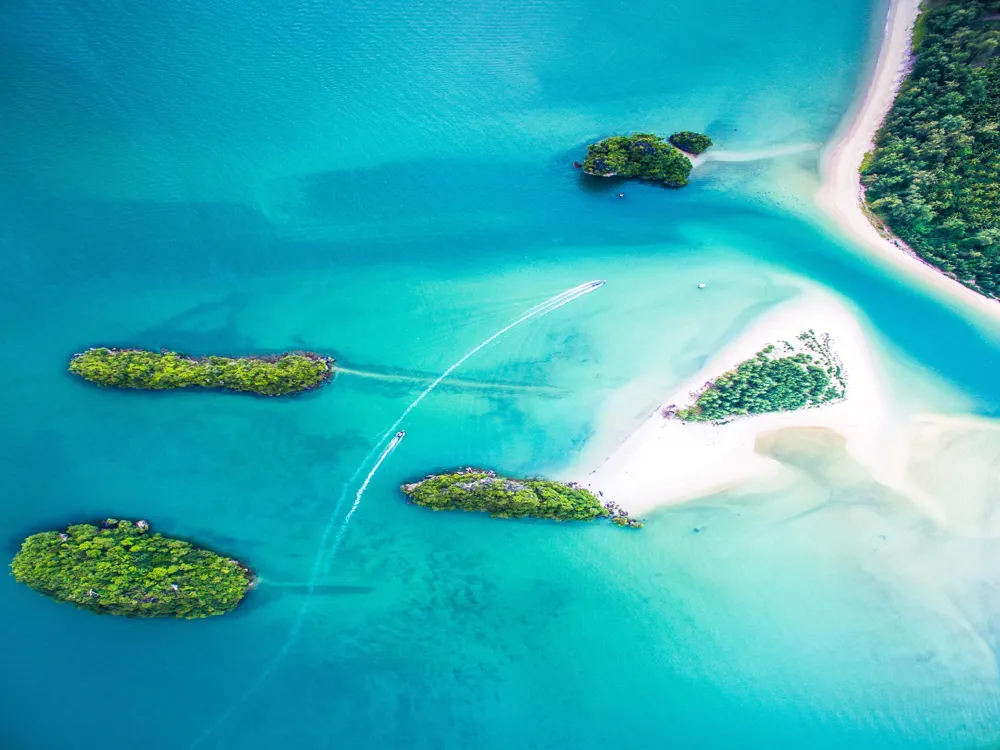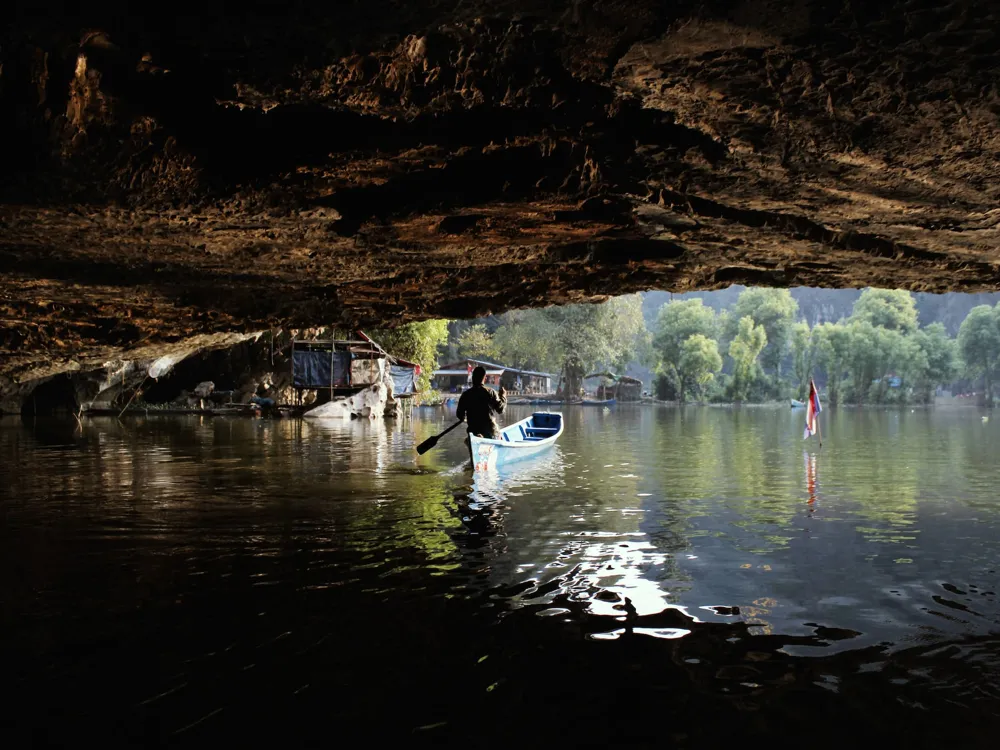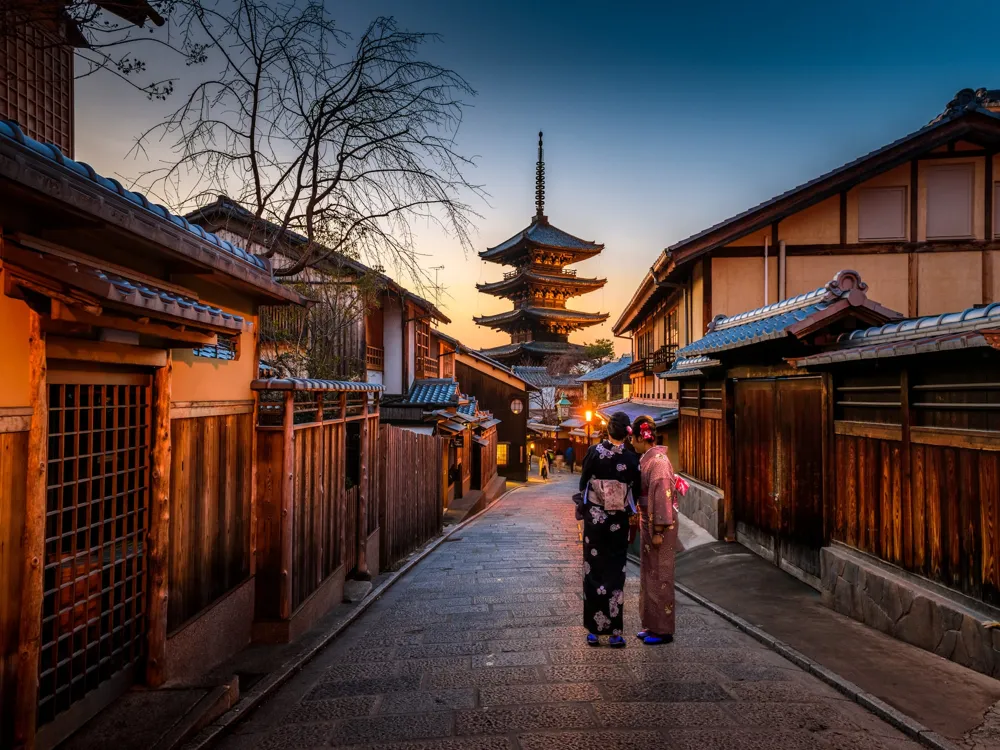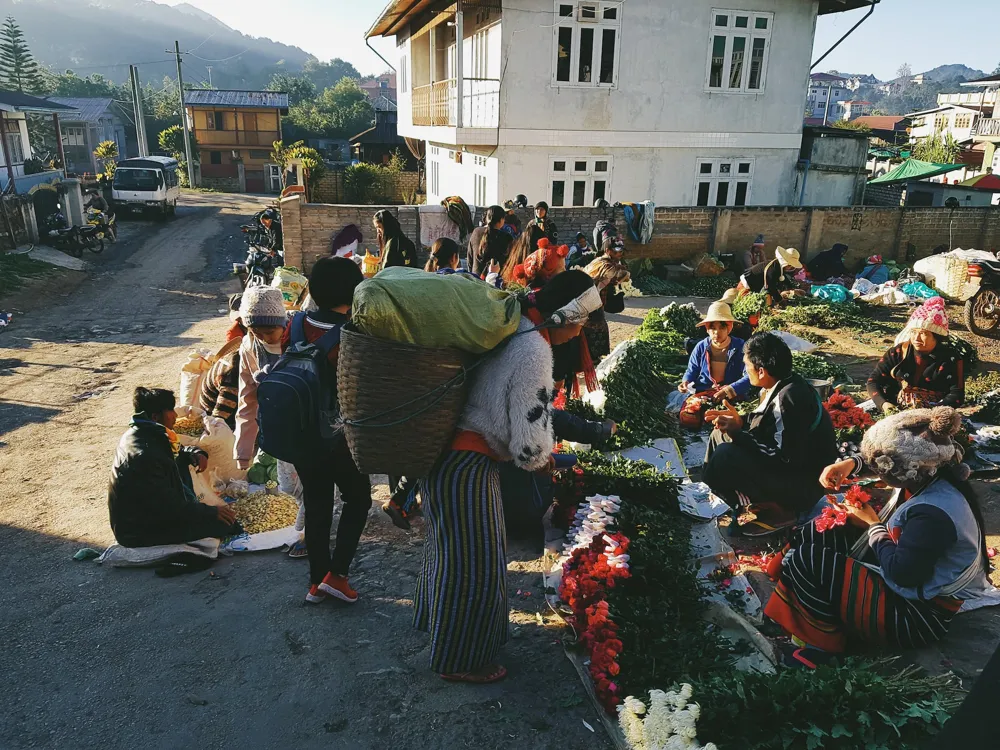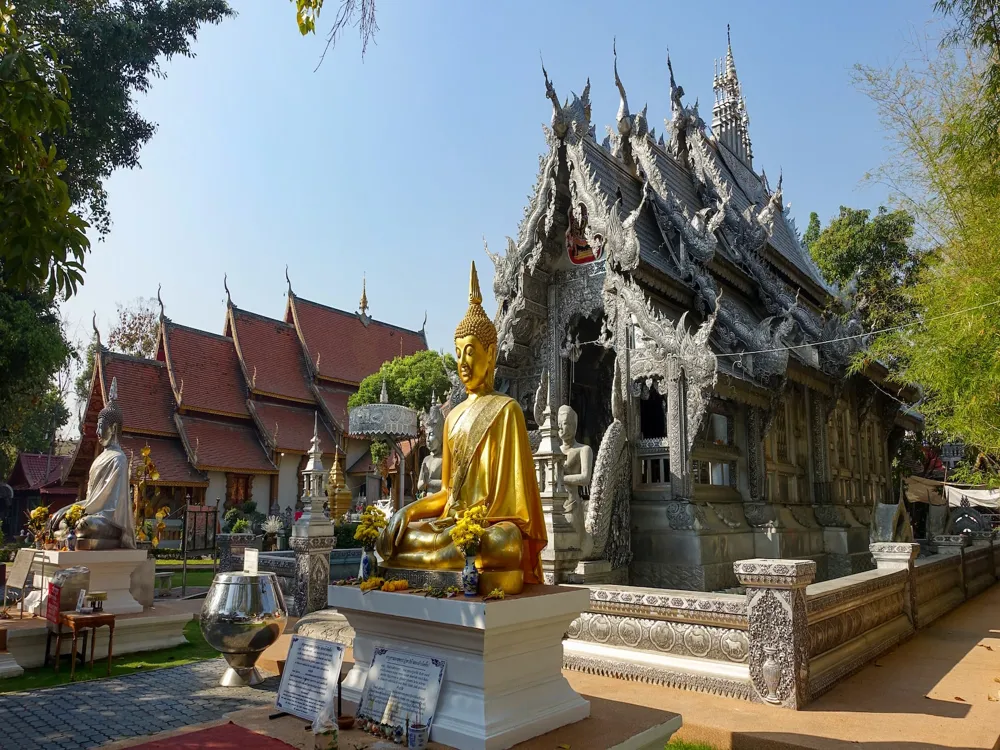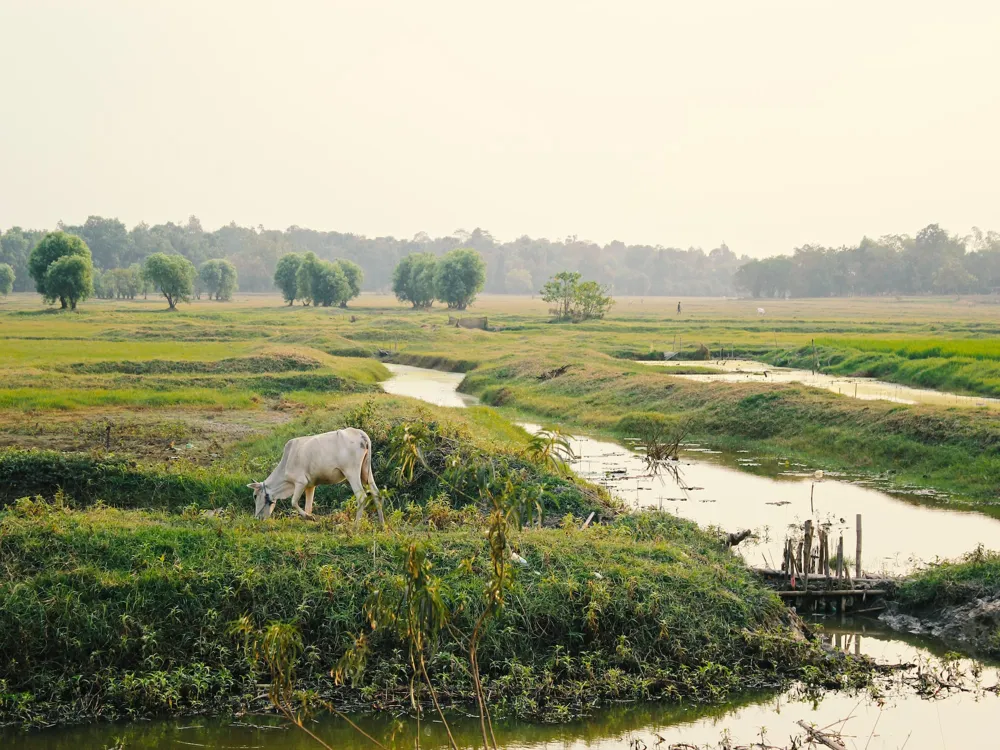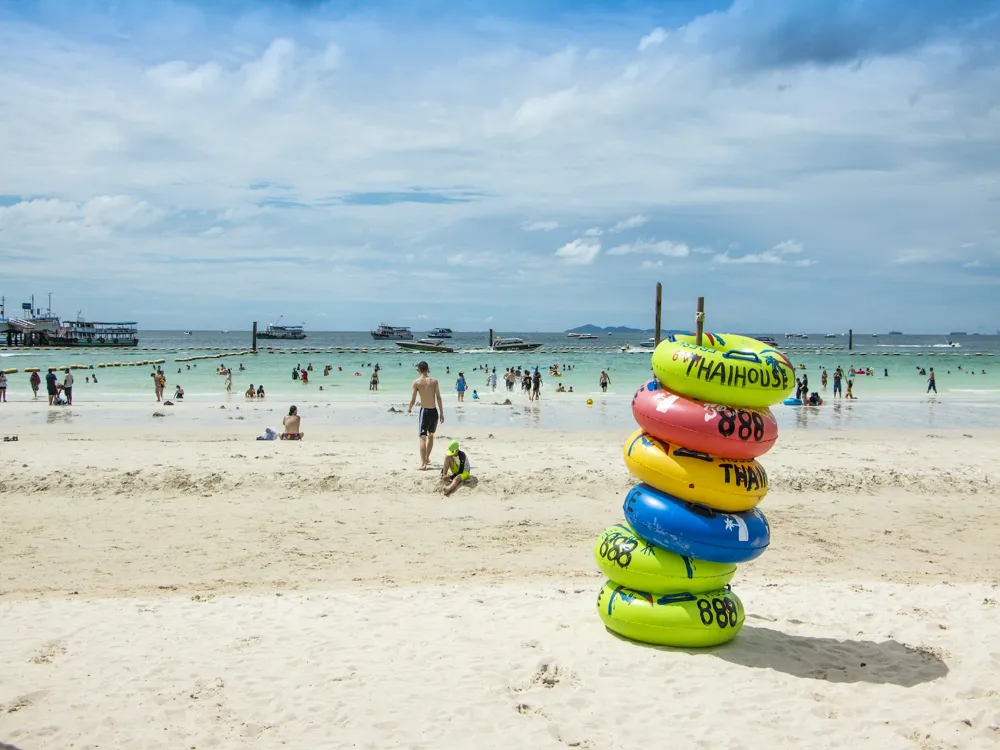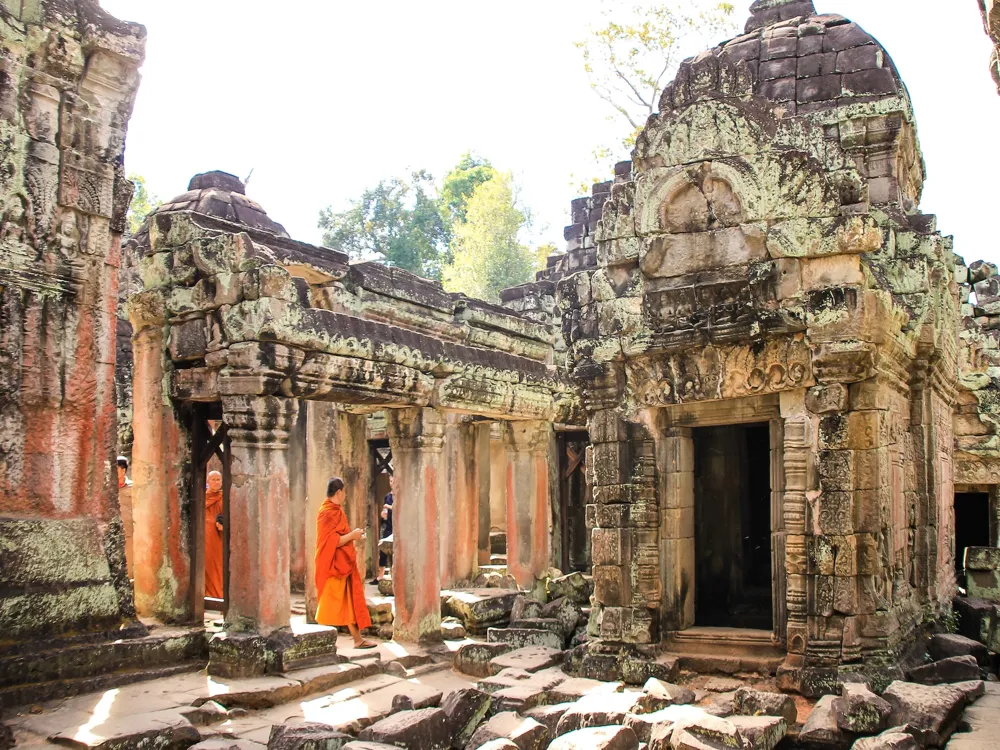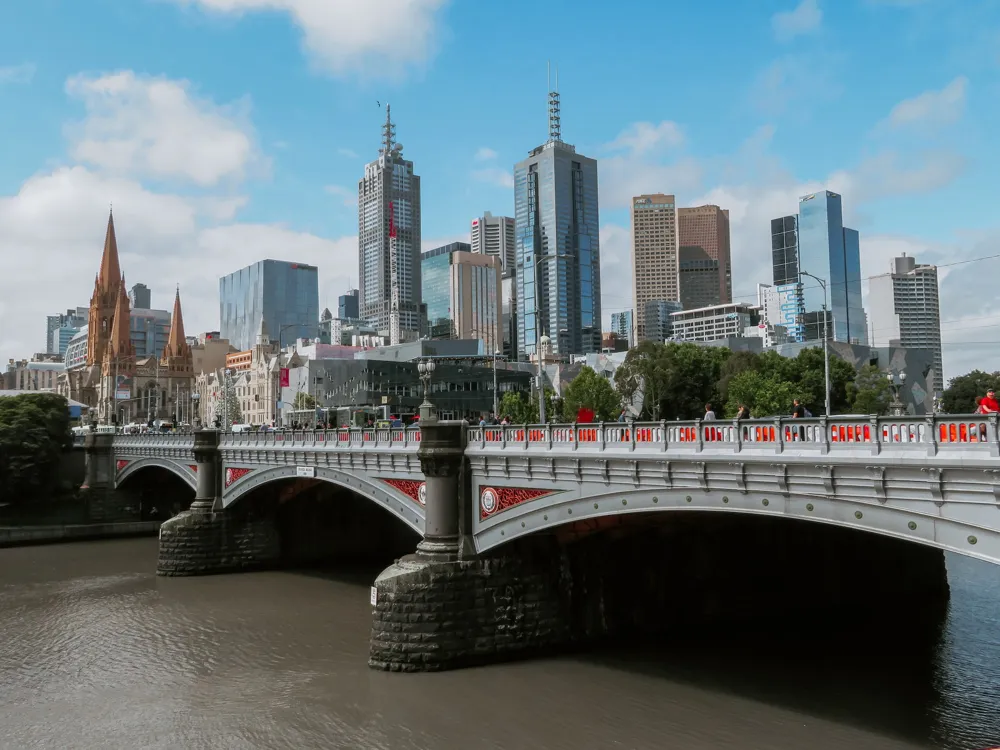Mudon, a charming town located in the Mon State of Myanmar, is a hidden gem waiting to be discovered. Known for its rich history and cultural significance, Mudon is nestled near Mawlamyine, the fourth largest city in Myanmar. This tranquil town is a blend of scenic beauty, historical landmarks, and a serene atmosphere, making it a must-visit destination for travelers seeking a unique and authentic experience.
The history of Mudon dates back several centuries, marking its significance in the Mon culture. It is renowned for its traditional Mon handicrafts, textiles, and its unique architectural style that reflects a blend of Burmese and Mon influences. The town's landscape is dotted with ancient pagodas, Buddhist temples, and colonial buildings, each telling a story of its glorious past. Mudon is not just a place to visit; it's a journey through time, offering a glimpse into the rich tapestry of Myanmar's history.
One of the town's most iconic landmarks is the Kyaik Than Lan Pagoda, known for its stunning views of the surrounding countryside and its spiritual significance. The pagoda is a center of Buddhist faith and is an exemplary representation of Mon architectural brilliance. Additionally, Mudon is home to vibrant markets and local festivals that showcase the town's rich cultural heritage and provide visitors with an authentic taste of local life.
For nature enthusiasts, Mudon offers a range of outdoor activities. The town is surrounded by lush greenery and scenic landscapes, perfect for trekking, bird watching, and enjoying the tranquil environment. The nearby Thanbyuzayat War Cemetery is a poignant reminder of the town’s role in World War II, offering a historical perspective to visitors.
In summary, Mudon is a town that captivates the heart with its blend of culture, history, and natural beauty. It's an unspoiled treasure that promises an unforgettable experience for every visitor.
The architecture of Mudon is a rich tapestry that weaves together the historical and cultural influences of the Mon State. This unique architectural style is a reflection of the town's rich history and its cultural intermingling, offering a visual feast for visitors.
The heart of Mudon's architecture lies in its religious structures. The Buddhist temples and pagodas in Mudon are not just places of worship but also embodiments of the town's architectural heritage. These structures, characterized by their golden spires, intricate carvings, and traditional Mon motifs, are a testament to the skilled craftsmanship of the local artisans. The Kyaik Than Lan Pagoda, with its imposing structure and spiritual aura, is a prime example of this architectural splendor.
Mudon's residential and public buildings also reflect a blend of traditional Burmese and colonial influences. The use of local materials like teak and bamboo, along with the integration of nature into the design, showcases the town's harmony with its surroundings. The colonial buildings, remnants of the British era, add a contrasting yet complementary element to the town's architectural landscape.
Furthermore, the town’s marketplaces and communal spaces are designed to foster a sense of community and interaction, reflecting the social fabric of Mudon. These spaces are bustling with activity, showcasing the daily life and traditions of the locals.
In essence, the architecture of Mudon is not just about the physical structures but also about the stories and traditions they embody. It's a living museum that offers a window into the soul of Myanmar.
The ideal time to visit Mudon is between November and February, when the weather is cooler and more comfortable for exploring the town and its surroundings. This period also coincides with several local festivals, offering a deeper insight into the cultural fabric of Mudon.
Understanding and respecting local customs is crucial when visiting Mudon. Dress modestly, especially when visiting religious sites. It’s also important to be mindful of local traditions and practices, such as removing shoes before entering temples and homes.
Mudon offers a culinary journey with its traditional Mon and Burmese dishes. Don’t miss the chance to try local specialties like Mohinga, a flavorful fish soup, and Mon-style curries. Street food markets are a great place to savor these local flavors.
Mudon offers a range of accommodation options, from traditional guesthouses to more modern hotels. Staying in a local guesthouse is a great way to experience Mon hospitality and learn more about the local way of life.
While Burmese is the official language, many locals also speak Mon. Learning a few basic phrases in Burmese or Mon can enhance your interaction with locals. English is spoken in some tourist areas, but it’s always helpful to have a translation app or guide.
Mudon is accessible via various modes of transportation, making it convenient for travelers. The most common way to reach Mudon is by road from Mawlamyine, which is well-connected by bus or taxi. For a more scenic route, consider taking a train or a local boat along the Thanlwin River, offering a unique perspective of the Myanmar countryside. Once in Mudon, getting around is easy with options like local tuk-tuks, bicycles, or simply walking, allowing visitors to immerse themselves in the town’s serene atmosphere.
Overview of Mudon, Mawlamyine
Architecture of Mudon
Tips When Visiting Mudon
Best Time to Visit
Local Etiquette
Exploring Local Cuisine
Accommodation Options
Language and Communication
How To Reach Mudon
Mudon
Mawlamyine
NaN onwards
View mawlamyine Packages
Mawlamyine Travel Packages
View All Packages For Mawlamyine
Top Hotel Collections for Mawlamyine

Private Pool

Luxury Hotels

5-Star Hotels

Pet Friendly
Top Hotels Near Mawlamyine
Other Top Ranking Places In Mawlamyine
View All Places To Visit In mawlamyine
View mawlamyine Packages
Mawlamyine Travel Packages
View All Packages For Mawlamyine
Top Hotel Collections for Mawlamyine

Private Pool

Luxury Hotels

5-Star Hotels

Pet Friendly






